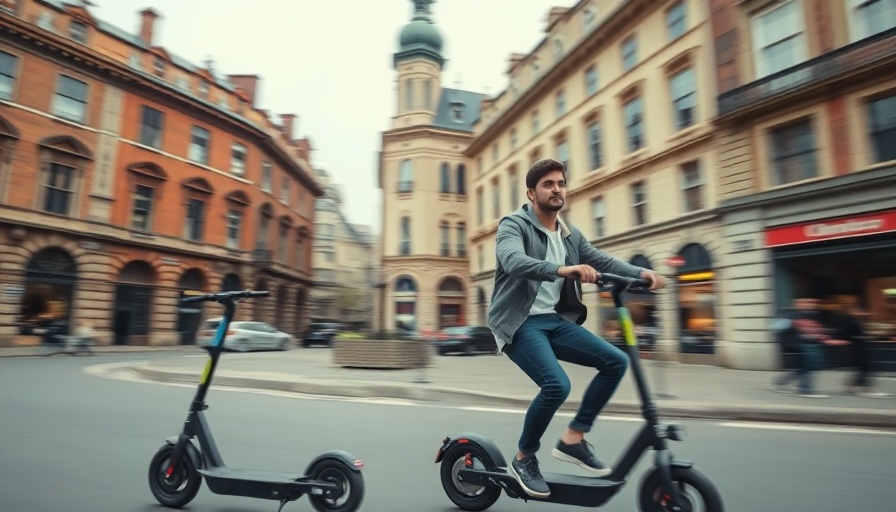
Are Electric Scooters the Green Solution They Claim to Be?
In recent years, electric scooters have carved their niche into urban landscapes, becoming a popular form of transportation for a diverse group of city dwellers. With companies like Lime, Bird, and Spin leading the way, they boast of being eco-friendly alternatives to cars. However, a closer inspection reveals a more complex reality about their environmental impact.
The Rapid Integration of Scooters into Urban Transit
The journey of electric scooters in the U.S. began in earnest around 2018. That year alone, an estimated 38.5 million trips were taken on shared electric scooters, surpassing traditional bicycles in popularity almost immediately. The surge was propelled by a staggering number of deployed scooters—85,000 compared to 57,000 bikes. This abrupt influx made scooters an integral part of urban transportation systems.
The Pandemic's Effect on Ridership
The euphoria of the scooter boom faced a significant challenge during the COVID-19 pandemic. Although ridership plummeted, recent data indicates that the industry is on the rebound, with around 133 million rides logged in the U.S. in 2023, coming close to pre-pandemic numbers. Interestingly, when combined with Canadian statistics, North America reached an unprecedented 157 million trips.
Embracing Sustainability Amidst Challenges
While the number of scooters has adjusted slightly—from 250,000 in 2022 to about 241,000 in 2023—utilization rates have surged. Shared micromobility devices are now used an average of 2.7 times daily, an impressive increase of 80% year-on-year. This rise suggests operators are optimizing service, focusing not only on volume but also on demand satisfaction.
A Shift Towards Electric Solutions
The industry's pace of electrification is also noteworthy. As of 2023, 64% of micromobility trips are made using electric scooters or bikes. Remarkably, nearly half of the scooter fleet operators have transitioned to hybrid or electric vehicles for rebalancing and charging, a crucial shift aimed at lowering lifecycle emissions.
Understanding the Environmental Impact
Despite the green credentials flaunted by electric scooter companies, it's critical to consider their full environmental impact. The manufacturing process, battery production, and waste management of scooters can diminish their overall sustainability promise. While they reduce reliance on cars and cut down urban traffic, the environmental cost of their lifecycle needs rigorous assessment.
The Future of Urban Mobility: What Lies Ahead?
As electric scooters continue to evolve, understanding their role in the broader context of urban transportation is essential. Will they become a mainstay in the quest for greener cities, or will their hidden costs outweigh the benefits? The focus now shifts toward improved operational practices, better waste management of batteries, and a concerted effort to enhance their eco-friendly credentials.
In conclusion, electric scooters are now firmly entrenched in urban mobility discussions, but the question remains: are they truly the green alternative cities require? As we step into this new decade, a balanced approach considering both ecological benefits and environmental consequences will shape the future of these devices.
Curious about how you can contribute to more sustainable urban living? Embrace responsible commuting choices and advocate for cleaner transportation options in your community!
 Add Row
Add Row  Add
Add 




Write A Comment